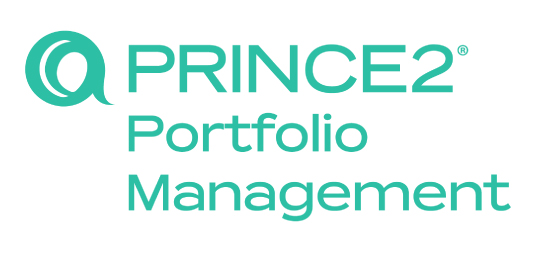Role of the PMO in Stimulating Innovation in Projects Initiated by Owner and Operator Organizations* by Natalya Sergeeva and Ali Sultan is an interesting read – and one that will give you a lot to consider.
It’s a research paper based on the PMO at Transport for London with ‘the findings demonstrating that the PMO provides opportunities for building and enhancing innovative capabilities’. It’s certainly a different angle than we are used to seeing about PMOs, the command-and-control; governance; and process-oriented is usually the norm so seeing innovation as a focus in a research paper about PMO certainly sounds different and got our attention.
Published in 2020, the paper raised two points that were particularly interesting:
- ‘The PMO is considered to play a key role in stimulating innovation in projects, especially at the front end stages’
- Those within the PMO ‘would be willing to innovate during the latter stages of the project life cycle should the benefits exceed costs’
Innovation at the Beginning of the Project Lifecycle
Let’s take a look at the first point – the PMO has a significant role in stimulating innovation within projects, and this can be seen especially at the start of the project life cycle – but why is this? The article makes reference to the 2017 work of Davies et al*, whose research found that innovation at the start of the project lifecycle can help reduce uncertainty.
The beginning of the project lifecycle was also referred to as a ‘window of opportunity’ and the ‘encouraging window’ which makes sense – we are more open to exploring different solutions to problems before we fully embark on the project. It is this part of the project that the PMO can help support a ‘communication chain’ between all the key players (or what they call ‘actors’) across the project, programme and portfolio organisation – to encourage exploration.
It may be beneficial here to understand the context of the word ‘innovation’ used throughout the article and research – ‘the word new was used by all participants’.
However, does the word ‘innovation’ always mean something that is ‘new’? Within the study, Sergeeva and Sultan found that ‘seven participants mentioned the importance of using lessons learned from previous projects to explore innovative solutions for future projects.’
Whilst all ten participants mentioned the word ‘new’, 70% of them used historical information to help investigate potential innovative ideas. Whilst throughout the project life cycle, stimulating innovation was primarily seen at the beginning of a project, it may also be seen that the end of a project helped to stimulate innovation for those within the PMO. Despite the connection made between the terms ‘new’ and ‘innovation’, existing ideas may help stimulate these ideas.
This is where lessons learnt could really come into their own if that knowledge could be used to help innovate on new projects – and of course, the lessons learnt process is very much a service that the PMO provides.
When do you feel at your most innovative? What does innovation look like to you? How useful is information and lessons learned from previous projects in helping to stimulate innovation? When reading the article, these were some of the most prominent questions I began to ask myself.
Innovation Later in the Project Lifecycle
The second point raised in the research presented the idea that those within the PMO are more likely to innovate later in the project life cycle should the benefits outweigh the costs.
Interestingly many in the study are reluctant to innovate later, it’s a case of just getting the project or programme finished because there is no time for innovation and the funds and resources aren’t there to undertake a full exploration.
Here’s a question for anyone working in a project environment – how do you stimulate innovation? Whether that be in individuals, pairs, or a whole organisation, how can we stimulate those around us to begin thinking about developing these innovative ideas?
The research certainly raised some interesting thinking points.
Why not consider your own organisation – during projects, when do you find that innovation is at its peak? How do you stimulate innovation in your team? Why not read the research and let us know your thoughts below!
Articles Referenced
Enjoying Our Blog?
Sign up and receive all our articles (we’ll send you an update once a week!) plus special offers, discounts and events:








